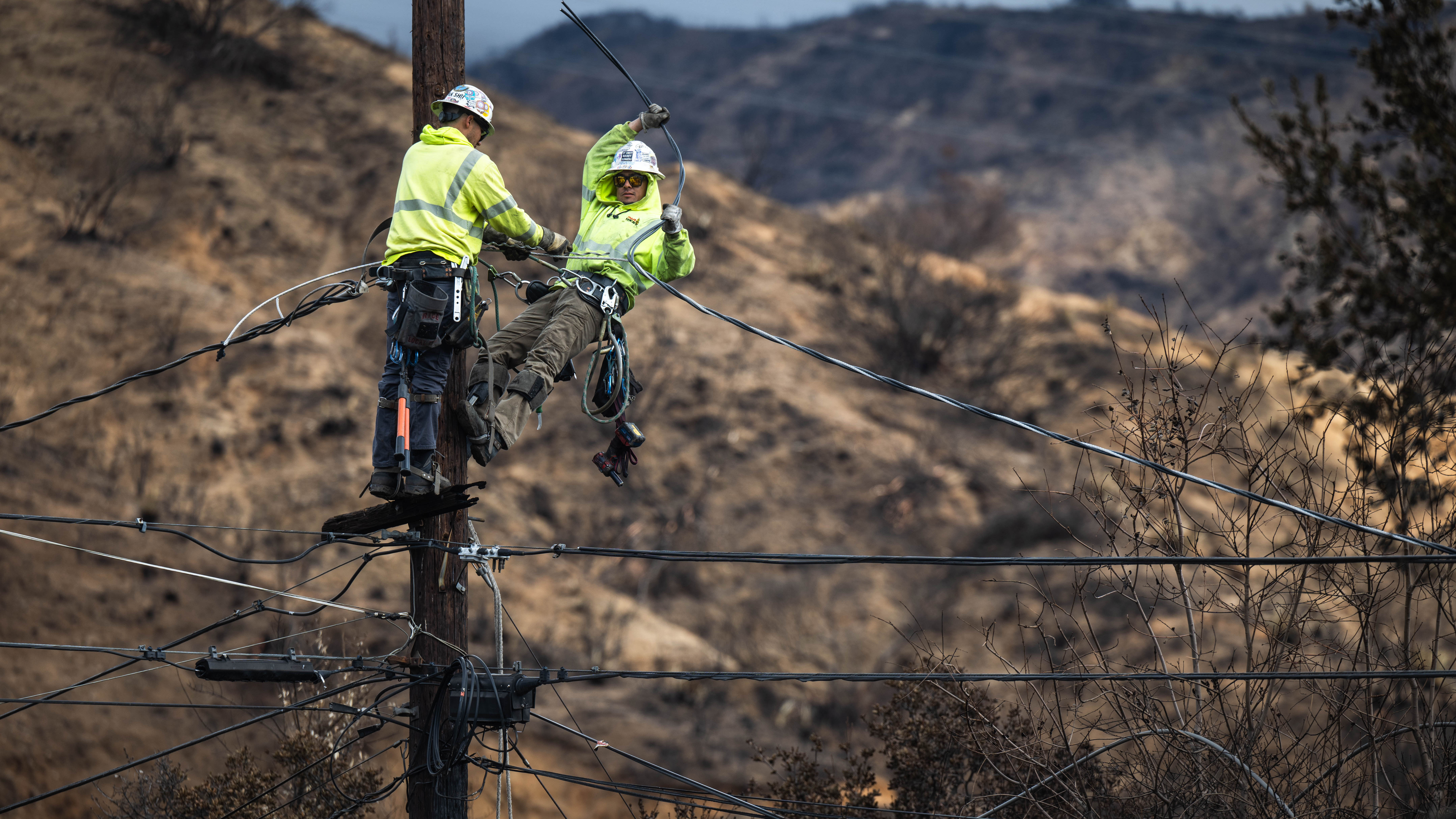Lake Mead's water levels will fall so low by January 2017 that utilities will be forced to cut supply to Arizona and Nevada, according to a report from federal water managers.
The effects could be serious. Arizona's allocation of Colorado River water could be cut 11.4 percent, or by an amount normally used by more than 600,000 homes. Nevada's share could be reduced 4.3 percent. Think 26,000 homes.
But officials heading water agencies in the two states and California took a wait-and-see approach to the projections posted by the U.S. Bureau of Reclamation.
They pointed to fluctuations in precipitation levels just since January. They added that more will be known in August when the bureau knows how much runoff in the upper-basin states of Colorado, New Mexico, Utah and Wyoming reaches the Lake Powell reservoir.
That will determine how much water the agency controlling a Colorado River water system crucial to about 40 million residents in seven Southwest U.S. states will release from Lake Powell through the Grand Canyon to Lake Mead near Las Vegas.
"A lot is going to depend on precipitation and flows from the tributaries," said David Modeer, general manager of the Central Arizona Project, the main water agency in the lower-basin state that would be affected the most.
"We don't think it means a whole lot right now because we have another couple of months to determine the release out of Lake Powell," he said.
California
The so-called interim guidelines issued Monday by the Bureau of Reclamation predict water levels will be just 2 feet above a key trigger point next January on Lake Mead, the reservoir behind Hoover Dam.
The lake was 37 percent full on Monday, said Dan Bunk, the Bureau of Reclamation's water operations manager. Its water surface level of 1,077 above sea level was 2 feet above the crucial 1,075-foot line.
The so-called interim guidelines chart a wobbly series of historically low water levels at Lake Mead — dropping to as much as 1,054 feet next summer and 1,052 feet in April 2017. But it would be about 1,077 this coming January, the point in time when a declaration of water shortage for 2016 would be made.
Lake Powell, behind the Glen Canyon Dam straddling the Utah-Arizona border, was 45 percent full on Monday. Bunk said that if Powell remains above its own trigger point, water releases to Lake Mead could remain robust and Lake Mead could remain above 1,070 feet through 2016.
"We haven't made any shortage projection. That would be done in August 2016," Bunk said.
Lake Mead reached its high-water capacity in 1983 at 1,225 feet. It reaches so-called "dead pool" at just under 900 feet, meaning nothing would flow downstream from Hoover Dam.
Las Vegas and its 2 million residents and 40 million tourists a year get almost all their drinking water from Lake Mead.
John Entsminger, general manager of the regional Southern Nevada Water Authority, said he believed conservation efforts like those now being adopted in California have put Las Vegas in a position to handle any initial shortage reductions "without significant impact."
"There is no doubt that this drought is serious," he said, "and the projections from the Bureau of Reclamation continue to reaffirm that reality."
William Hasencamp, Colorado River resources chief for the Metropolitan Water District of Southern California, said he saw reason to prepare, not panic.
Drought-stricken California will continue to be able to draw its 4.4 million acre-foot allocation of Colorado River water even if Arizona and Nevada are affected.
"But we lose flexibility, which is a pretty big deal because we serve just under 19 million people," Hasencamp said. "We know a shortage is coming at some point."



